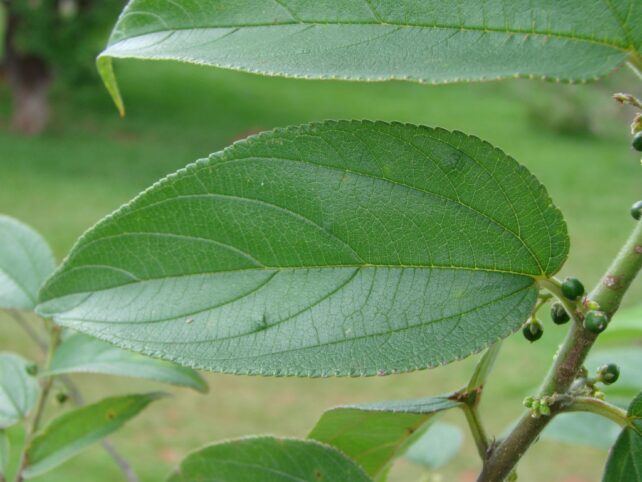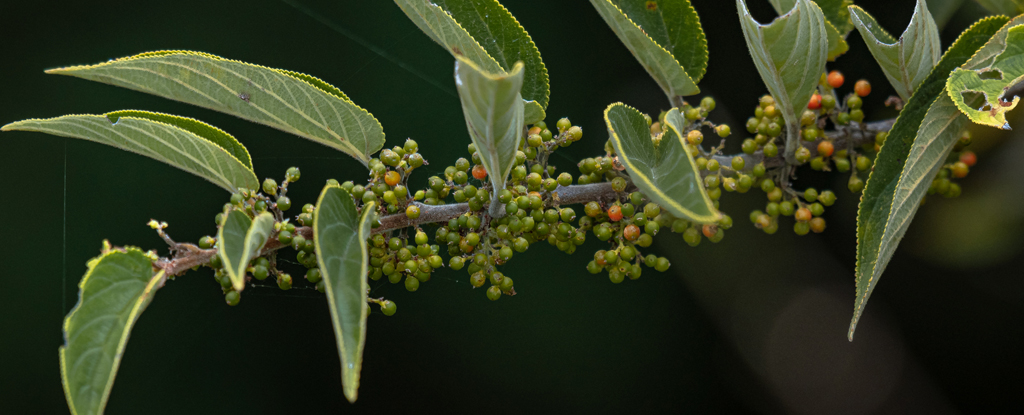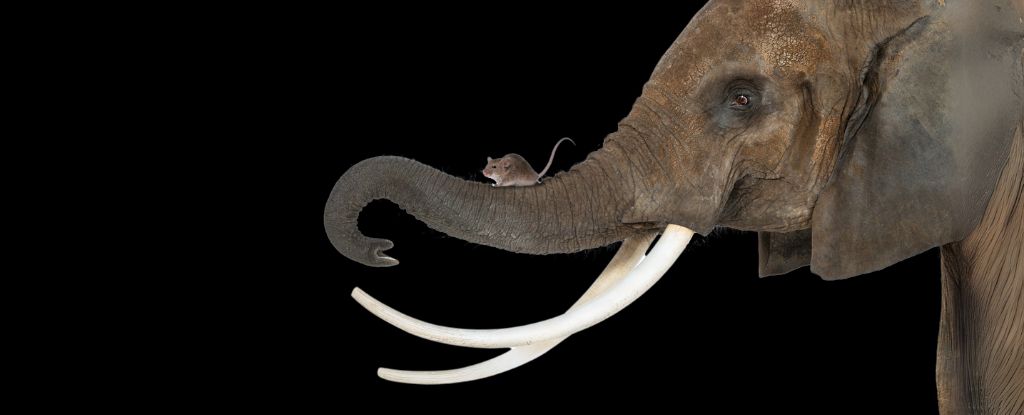Scientists have discovered cannabidiol, a compound in cannabis known as CBD, in a common Brazilian plant, opening potential new avenues to produce the increasingly popular substance.
The team found CBD in the fruits and flowers of a plant known as Trema micrantha blume, a shrub which grows across much of the South American country and is often considered a weed, molecular biologist Rodrigo Moura Neto of the Federal University of Rio de Janeiro told AFP in 2023.
CBD, increasingly used by some to treat conditions including epilepsy, chronic pain and anxiety, is one of the main active compounds in cannabis, along with tetrahydrocannabinol, or THC – the substance that makes users feel high.
The compound’s effectiveness as a medical treatment is still under research.
Neto said chemical analysis had found “Trema” contains CBD but not THC, raising the possibility of an abundant new source of the former – one that would not face the legal and regulatory hurdles of cannabis, which continues to be outlawed in many places, including Brazil.
“It’s a legal alternative to using cannabis,” he said.
“This is a plant that grows all over Brazil. It would be a simpler and cheaper source of cannabidiol.”
Scientists had previously found CBD in a related plant in Thailand, he said.

Neto, who had not yet published his results, said he now plans to scale up his study to identify the best methods to extract CBD from “Trema” and analyze its effectiveness in patients with conditions currently treated with medical cannabis.
His team recently won a 500,000-real (US$104,000) grant from the Brazilian government to fund the research, which he estimates will take at least five years to complete.
A study by market analysis firm Vantage Market Research estimated the global market for CBD at nearly US$5 billion, and projected it would grow to more than US$47 billion by 2028, driven mainly by health and wellness use.
An earlier version of this article was published in June 2023.





